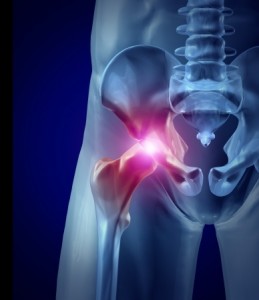 If you or a loved one are having total hip joint replacement surgery, there’s good news! With advances in rehabilitation technology and techniques, the chances for a successful long term recovery are excellent. Of course, the recovery time for a total hip replacement can differ vastly from patient to patient. But with diligence and determination, many patients are back to their normal activities in six months – with some recovering in just four weeks!
If you or a loved one are having total hip joint replacement surgery, there’s good news! With advances in rehabilitation technology and techniques, the chances for a successful long term recovery are excellent. Of course, the recovery time for a total hip replacement can differ vastly from patient to patient. But with diligence and determination, many patients are back to their normal activities in six months – with some recovering in just four weeks!
What is involved in the rehab process after total him joint replacement?
After total hip joint replacement surgery, patients often start physical therapy immediately. On the first day after surgery, it’s common to begin some minor physical therapy while sitting in a chair. Eventually, rehab incorporates stepping, walking and climbing.
Initially, supportive devices such as a walker or crutches are used. Pain is monitored while exercise takes place – and some degree of discomfort is normal. However, it’s also common for the patient to notice, even early on, substantial relief from the preoperative pain they were experiencing that led them to replacement surgery in the first place.
The Importance of Physical Therapy
Continued physical therapy is vital to the overall outcome of any joint replacement surgery. One goal of physical therapy is to prevent contractures that can cause the limitation of joint motion as a result of scarring of the tissues around the joint.
Physical therapy is also important to strengthen the muscles around the hip joint through controlled exercises. Patients are instructed not to strain the hip joint with heavy lifting or other activities that could cause strain. Specific techniques of body posturing, sitting and using an elevated toilet seat can be extremely helpful.
Most patients attend outpatient physical therapy for a period of time while incorporating home exercises regularly into their daily living. Occupational therapists are also an important part of the rehabilitation process. These therapists review precautions with the patients related to everyday activities – in addition to educating the patients about the adaptive equipment available and the proper ways to do their “ADLs” – or activities of daily living.
Get serious and mend sooner!
Patients are encouraged to recognize physical therapy and rehab as an integral part of their recovery. The more serious patients are about their daily exercises, the quicker they tend to return to their normal activities! Contact us today!
